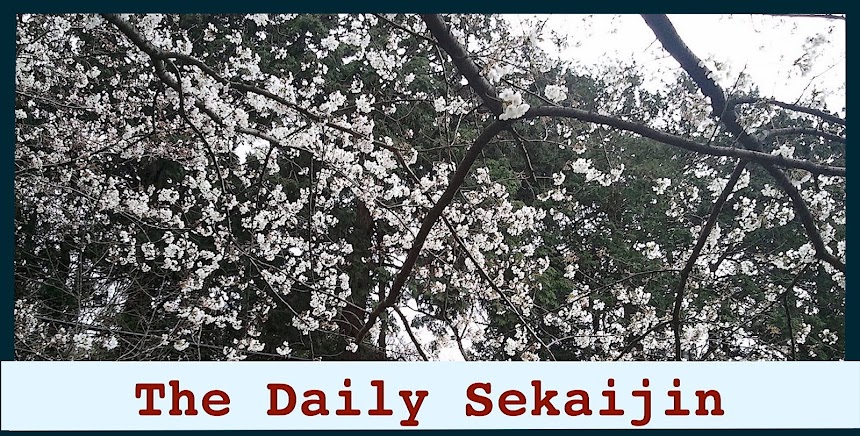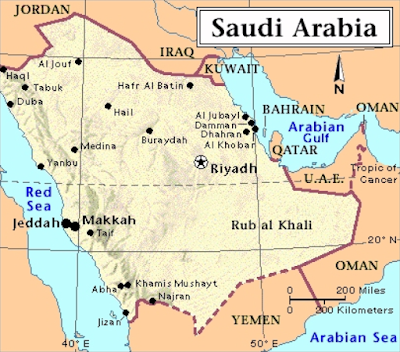Hello!
How are you? Today I'd like to post a few of your own stories about some mysteries (神秘).
These are imagined stories about mysteries around the world - strange, but all in good fun. Here's one of them about the picture above - the Bermuda Triangle:
Under the Bermuda triangle, there is Ryugu Castle. Across
the area, people hear mystery singing voice. And then, people go to Bermuda
Triangle, to make sure who sing the song. When they go there, people surprised.
Because there is mermaid. She is so beautiful!! She is smiling. She asked to
them, "Do you wanna come to Ryugu Castle?" Of course, people follow
her. And then, there are still no people who come back. Well, is there heaven
or hell? Nobody knows the answer.
Very interesting! A mermaid and a castle are responsible for all those ships and planes that go missing! Here's another one, about Easter Island:
The
official name is Rapa Nui Island. There is on island made of submarine volcanoes.
Green when there is the rich land at the same time is a
solitary island in the distant sea where several strange images are built. Their image is called Moai. All of the images are facing
the sea. They have a far look like appeal to something far away in anticipation.
In this island there is a tradition from the ancient times. 1,200 years
ago, an immigrant group was in this
island. They created the altar and the Moai in order to worship the great
ancestors. In the eyes of this image it was believed that spiritual power
dwells. However, influential people increased the population when each of the village clans had split. They began making the altars and the Moai in every village. Tribes began fighting each other. Images that would enshrine the ancestors also crushed the people in the battle
of the villages. Therefore, a legend is that the images have sadness every night
from the wailing spirits of poor. It’s happening such phenomenon even now.
Wow! That's incredible. Wailing spirits…now here's another one, about Stonehenge - or more exactly, the "Miracle of Stonehenge":
We
think around 3,000 years ago, in that place they had a wedding. Two big tribes made a
wedding for their next generation. So they want it as luxury as much as they can do.
They brought some big ice in the Northern country, but they couldn't move it because it was too
heavy.
At
the same time, some fairies came there and saw that. So they decided to help
them. But the rules of heaven is do not let the human know that fairy is real,
so they had an idea that they will change into aliens. They helped them
brought ices from the Northern country to move to England.
Why
we choice the title is because they brought an ice of the north but
why now it is a hard rock. We thought in the Northern have somewhere human did
not discover before so maybe from north they have a hard rock that have been covered by
ice.
They
brought it when an ice still in a hard rock and temperature at that time was
cold. But now global warming made ice melt, so now what we can
see just hard rocks.
Incredible! Fairies and ice!
These were interesting stories about your own ideas on these mysteries.
Have a Merry Christmas and a Happy New Year! See you in January!
Images: Top - By Bermudan_kolmio.jpg: Alphaiosderivative work: -Majestic- (talk) - Bermudan_kolmio.jpg, Public Domain, https://commons.wikimedia.org/w/index.php?curid=6916509/Easter Island - By Aurbina - Own work, Public Domain, https://commons.wikimedia.org/w/index.php?curid=133096/Stonehenge - http://www.history.com/topics/british-history/stonehenge/All images courtesy of Wikimedia Commons. All rights reserved.














































